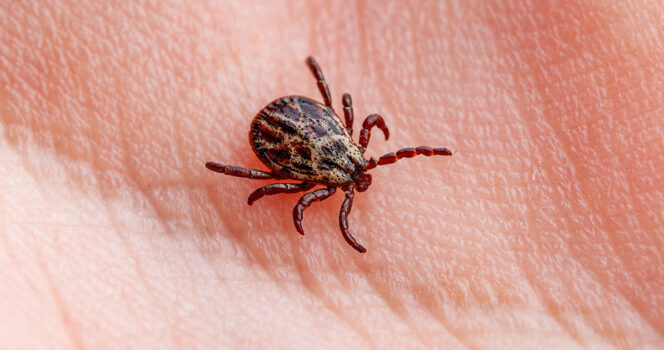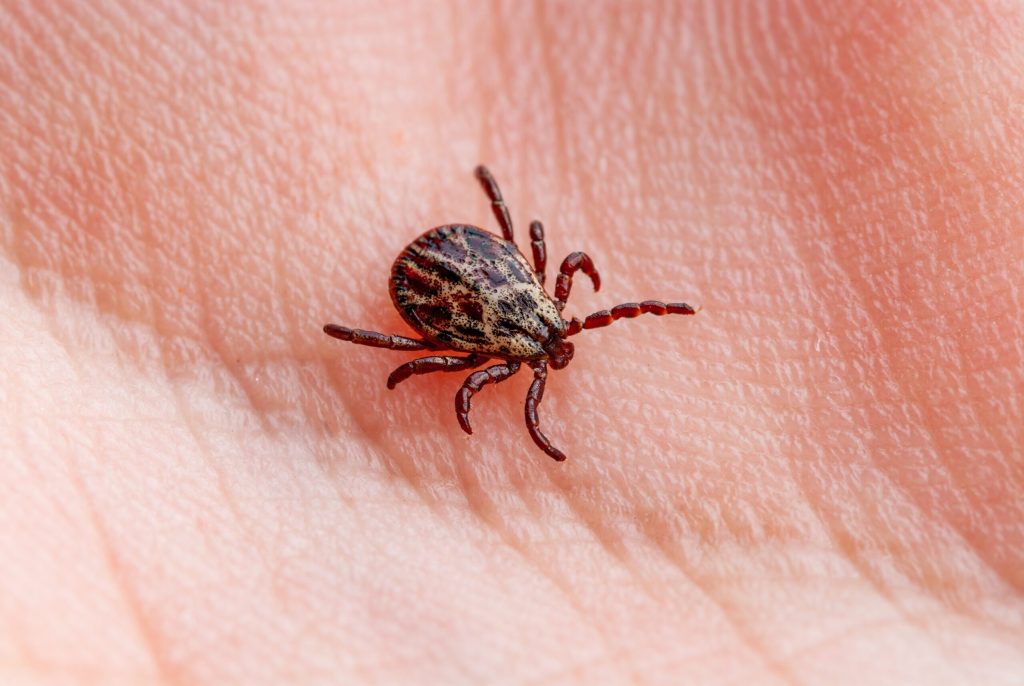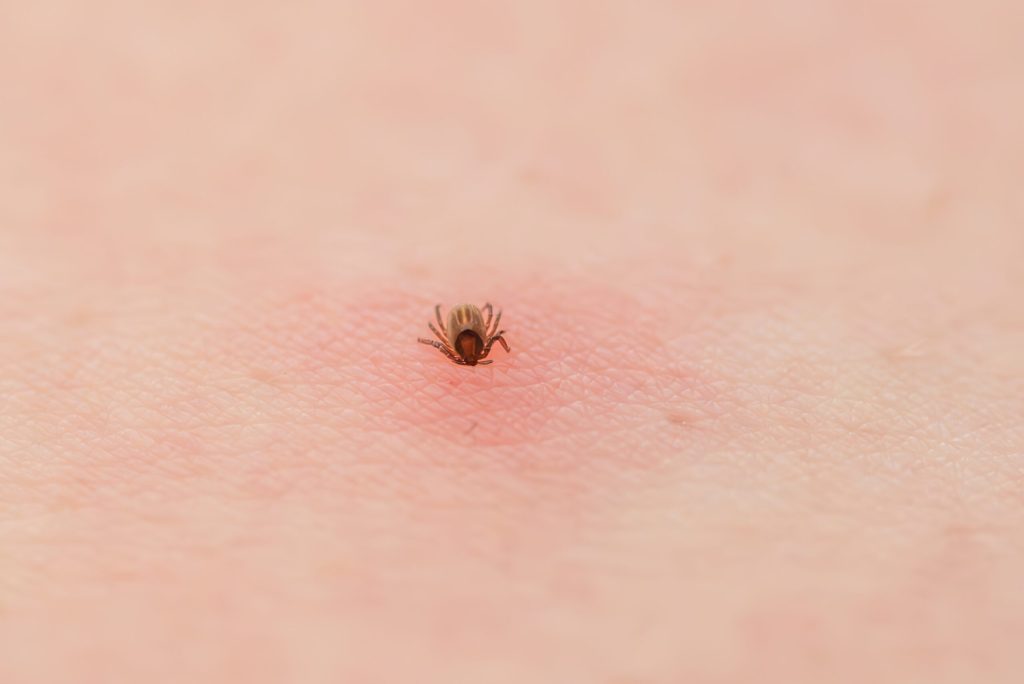How to Properly Dispose of Ticks — And Why It Matters

If you live in a rural area or spend time outdoors near fields, forests, or tall grass, chances are you’ve crossed paths with ticks. These tiny bloodsucking arachnids are more than just a nuisance—they can carry serious diseases that pose real health risks to both humans and pets.
While one tick bite won’t drain you of blood, the hidden danger lies in the illnesses they can transmit. Lyme disease, Rocky Mountain spotted fever, and babesiosis are just a few examples—and trust us, you don’t want to deal with any of them.

How Ticks Pose a Threat
Ticks attach to the skin and feed on blood, often going unnoticed for hours or even days. The longer they stay latched on, the higher the chance of disease transmission. Preventing bites in the first place is key—use repellents, wear long clothing outdoors, and perform tick checks after spending time in nature.
But what happens if you find a tick on yourself or a loved one? What’s the proper way to get rid of it for good?
Step 1: Safe Tick Removal
Removing a tick safely and promptly is the first priority. Never yank it off with your fingers—doing so can break the tick and leave parts of it embedded in your skin.
Instead:
- Use fine-tipped tweezers or forceps.
- Grasp the tick as close to the skin’s surface as possible.
- Pull upward in a steady, even motion.
- Do not twist or crush the tick, as this may cause it to release harmful fluids into your body.
Once the tick is removed, clean the bite area thoroughly with soap and water, followed by antiseptic.
Step 2: Proper Tick Disposal
Here’s where many people go wrong. Tossing a tick in the trash or out the window may seem enough—but these critters are tough and can survive such attempts.
Here are safer disposal options:
- Place the tick in a sealed bag or container (such as a Ziploc) to prevent escape.
- Wrap it in tissue and flush it down the toilet.
- Drown it in alcohol, then seal and discard it.
These methods ensure the tick cannot reattach to another host—human or animal.

When to Save the Tick
If the tick was found on a pet or caused a bite, it may be wise to save it for identification. Some veterinarians or doctors recommend this in case symptoms of illness appear later. Place the tick in a plastic bag or small container, label it with the date and where it was found, and refrigerate it if needed for testing.
Check Your Pets Regularly
If you own dogs or cats, frequent tick checks are essential—especially during warmer months, though ticks can survive in cold climates too.
Focus on areas where ticks tend to hide:
- Inside the ears
- Between toes
- Under the legs and tail
- Around the neck and collar area
- In skin folds and groin
Running your fingers through your pet’s fur regularly can help you detect any unusual bumps or ticks early.

What to Watch for After a Bite
If you’ve been bitten by a tick, monitor your health closely over the next few days and weeks. Watch for:
- Fever or chills
- Fatigue
- Joint pain or muscle aches
- A bullseye-shaped rash near the bite
- Flu-like symptoms
These could be signs of Lyme disease or other tick-borne infections. Seek medical advice immediately if you notice any of these symptoms—early treatment is crucial for preventing serious complications.
Final Thoughts
Ticks may be tiny, but the health issues they bring can be massive. Removing them correctly, disposing of them safely, and keeping a close eye on symptoms can make all the difference.
Stay informed, stay cautious, and check for ticks—especially after any outdoor adventure.